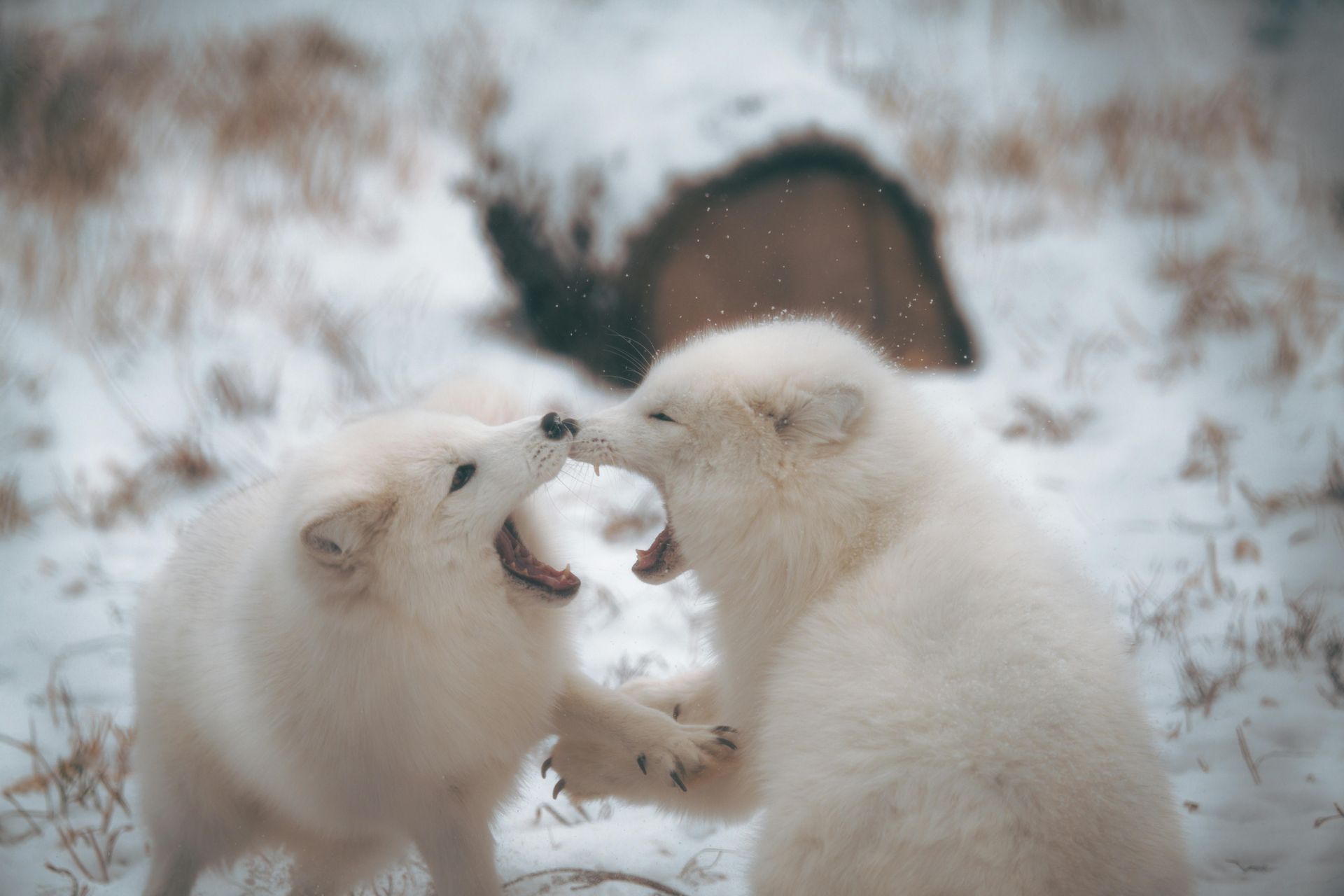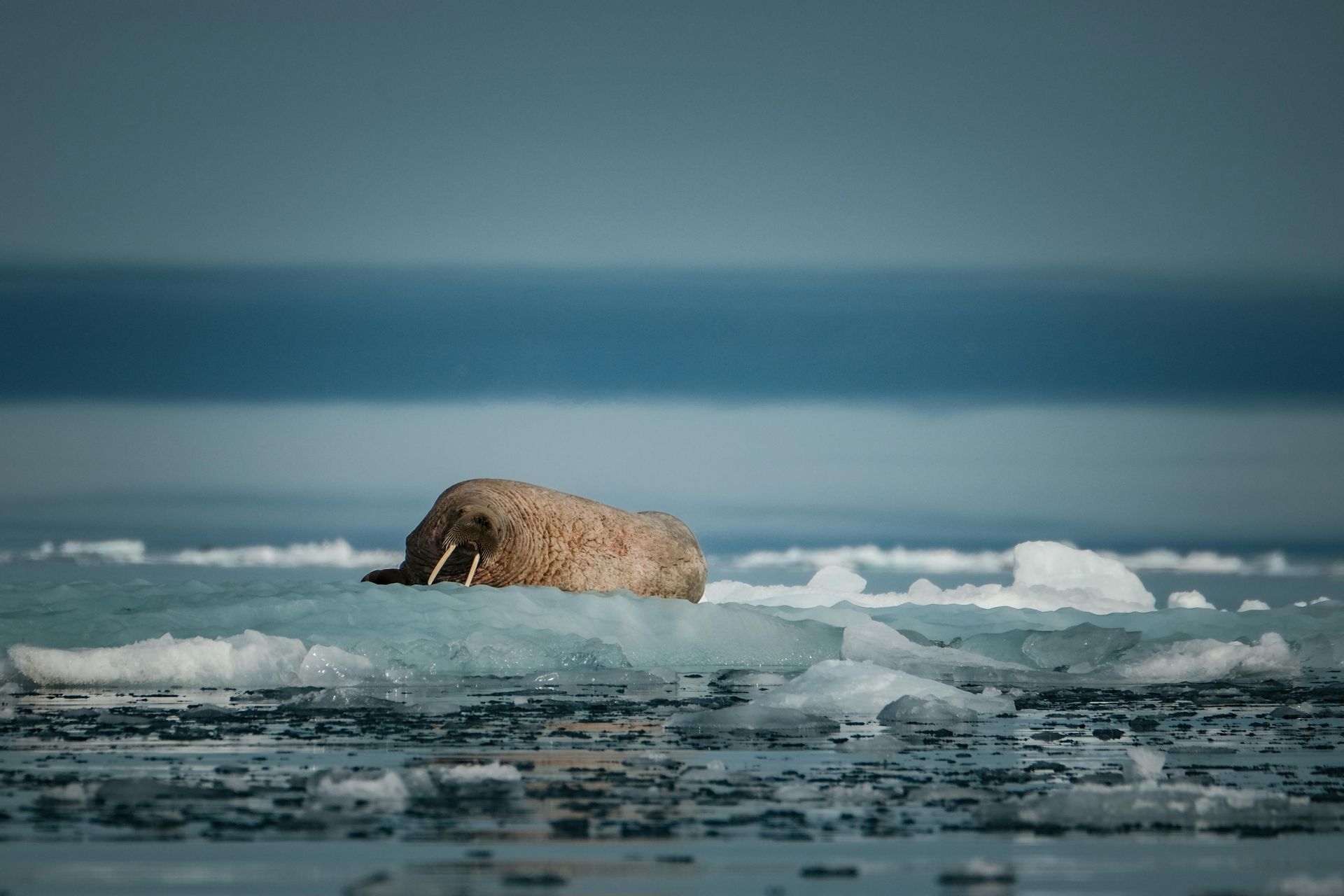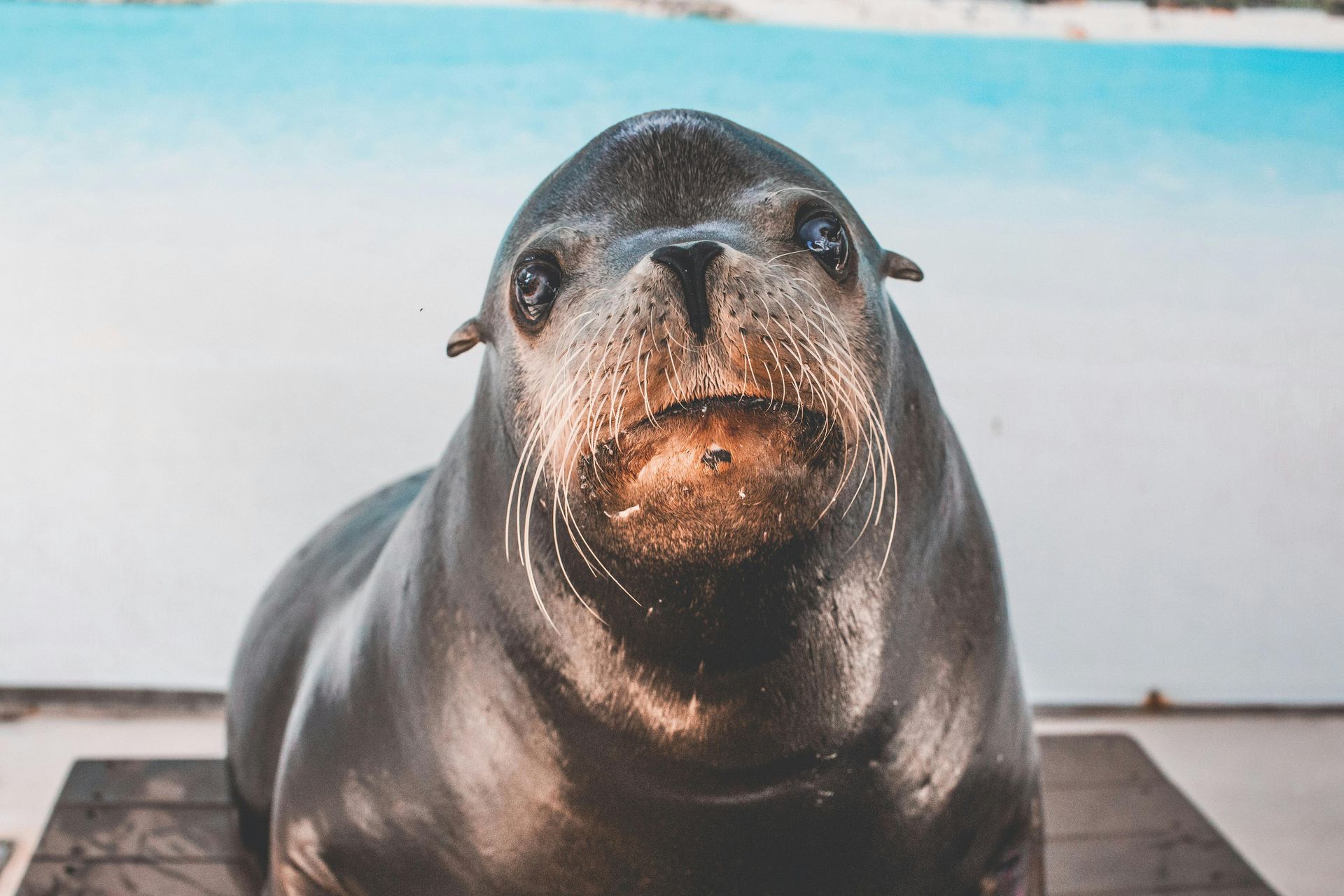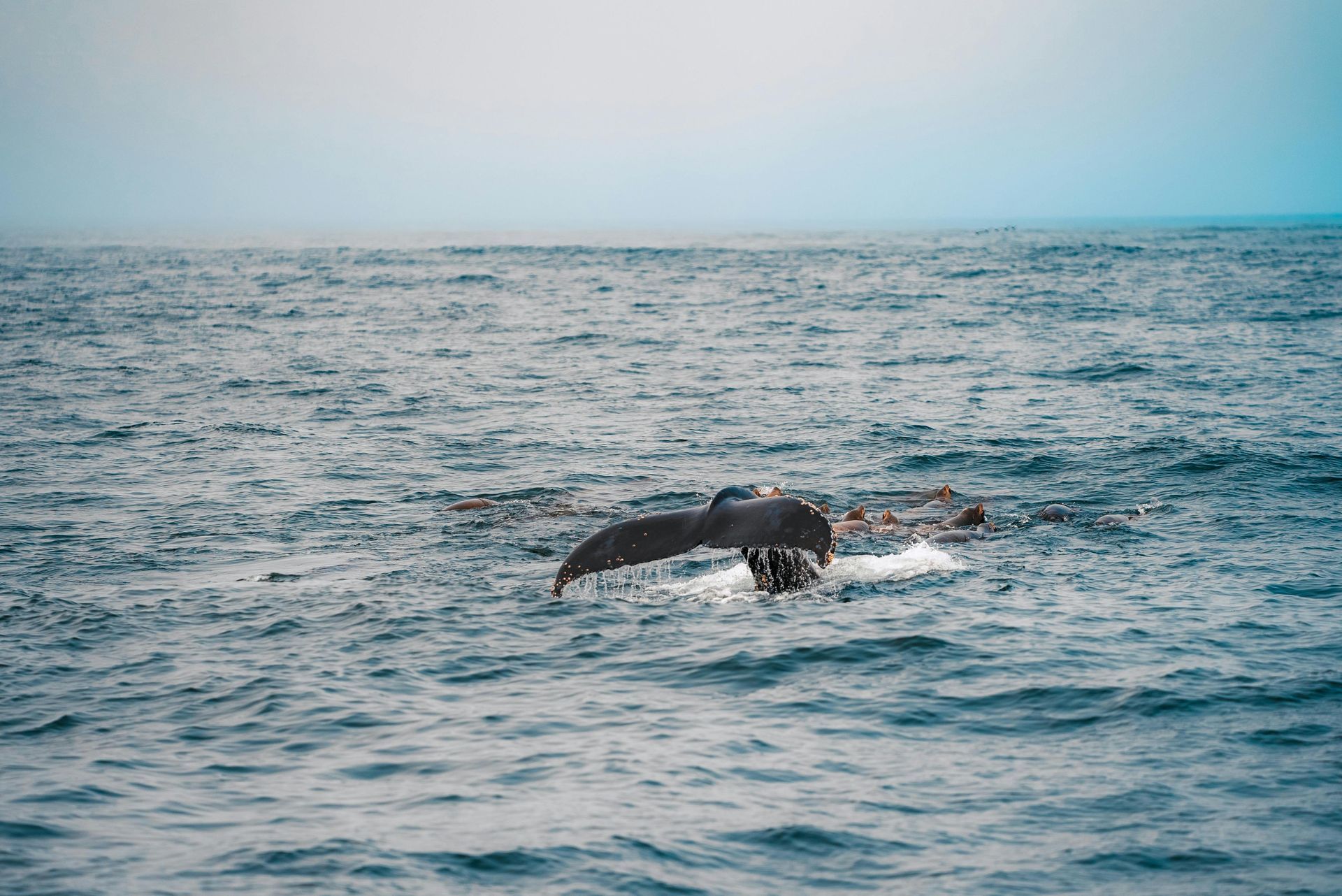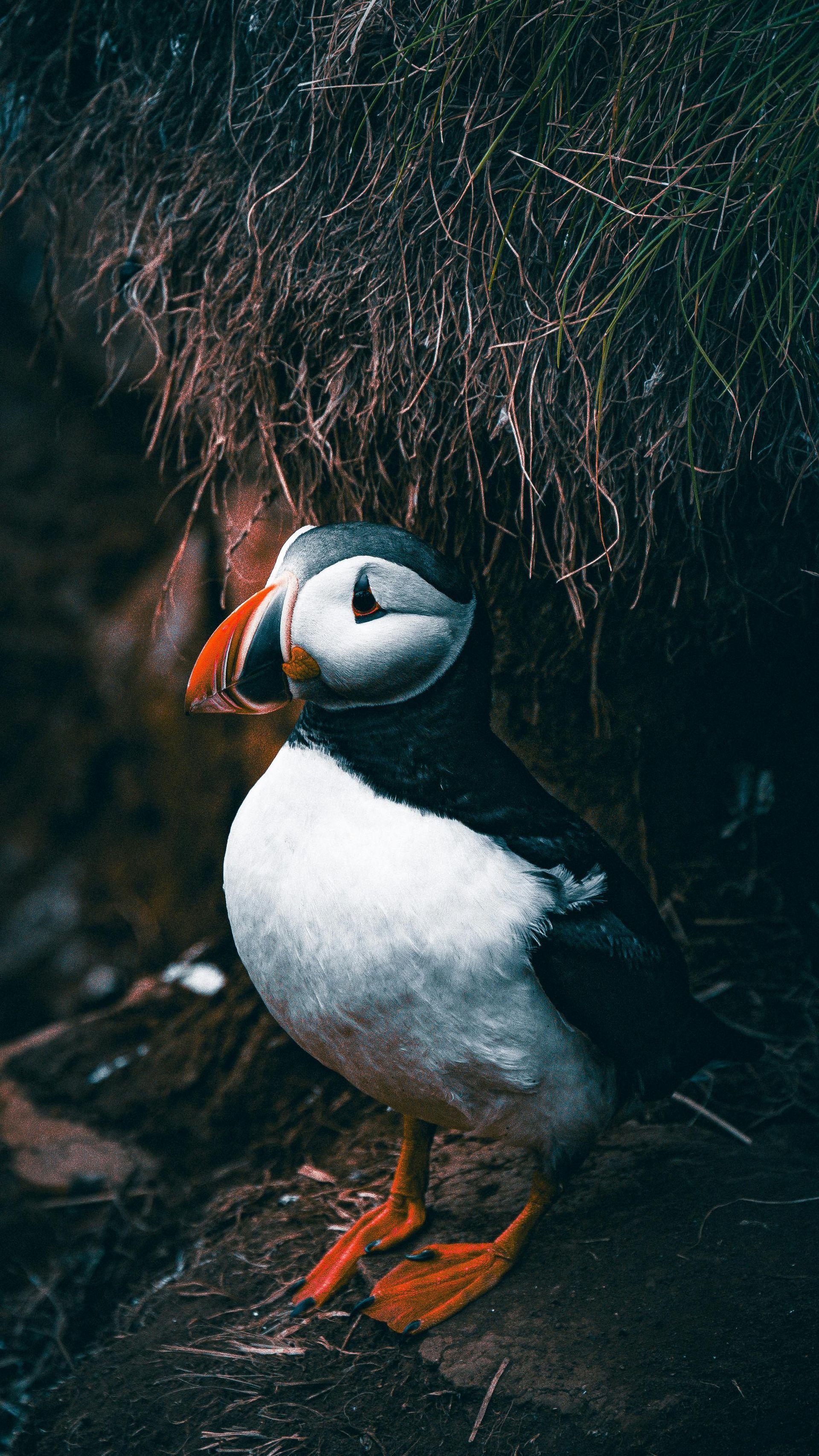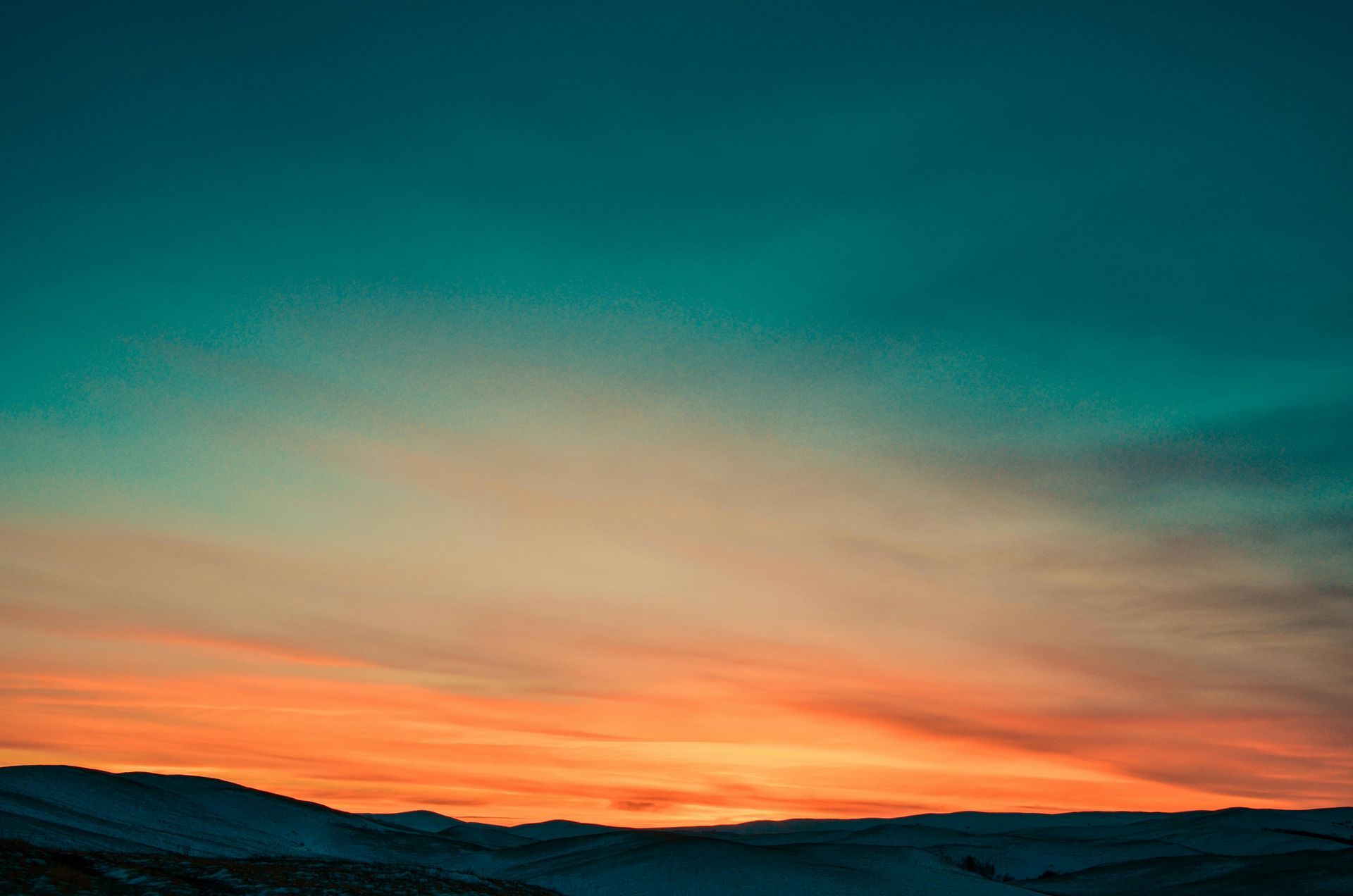Svalbard’s Seabirds: Puffins, Guillemots, and Arctic Terns
Svalbard’s Seabirds: Puffins, Guillemots, and Arctic Terns
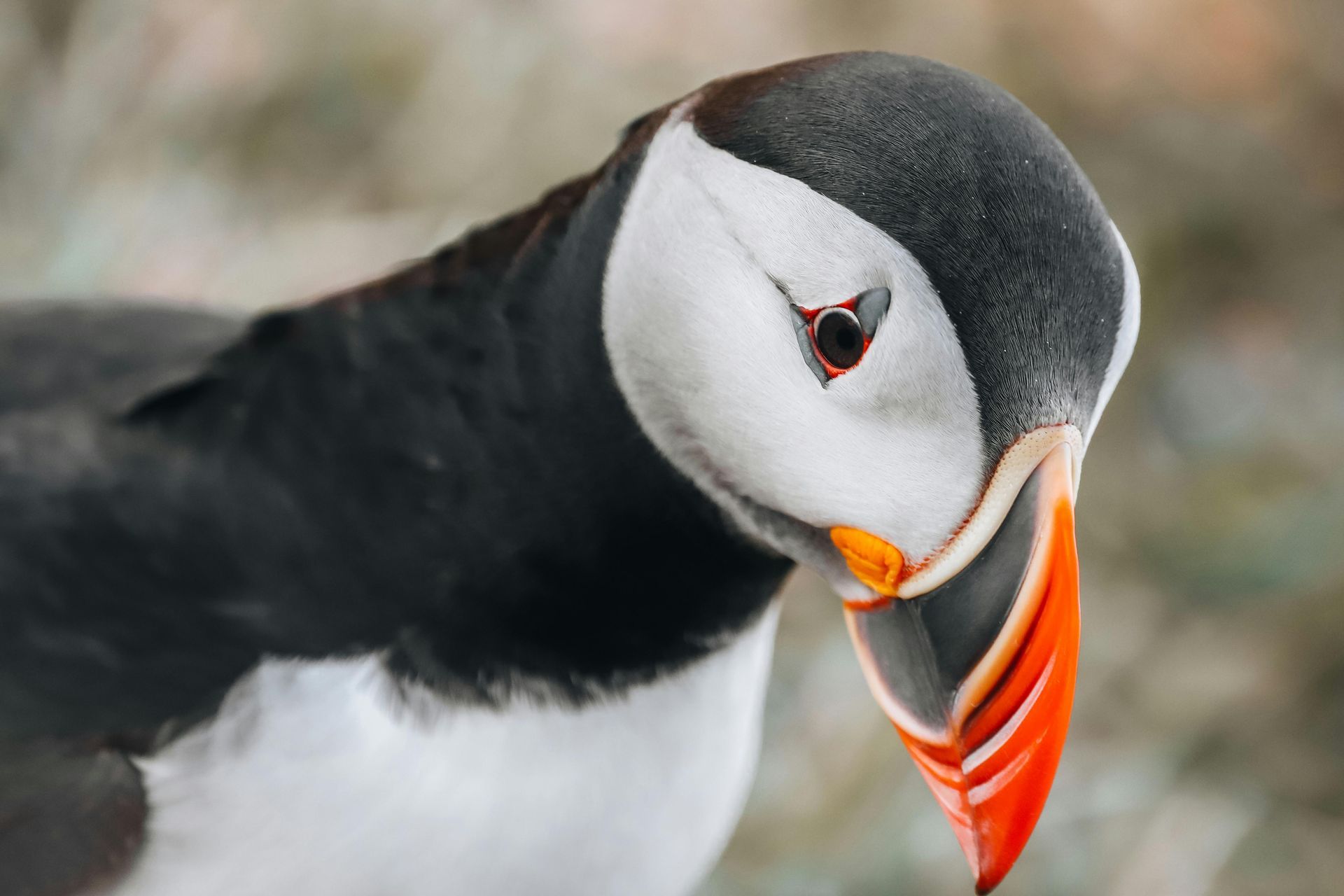
Soaring over icy fjords, diving between jagged cliffs, and filling the summer skies with their sharp cries, seabirds are among the liveliest residents of Svalbard. From the charismatic Atlantic puffin to the nimble Brünnich’s guillemot and the fiercely protective Arctic tern, these birds are woven into the very soundscape and ecosystem of the Arctic archipelago. For those who travel to Svalbard, witnessing the bustling bird colonies is not only a visual delight but also a vivid glimpse into the biological heartbeat of the north.
Svalbard may seem barren at first glance, but its cliffs and shorelines are seasonal havens for millions of seabirds. They come to breed, feed, and raise their chicks in the narrow window of Arctic summer. One of the most beloved is the Atlantic puffin. With its colorful beak, round eyes, and slightly comical waddle, the puffin is often called the “clown of the sea,” though its lifestyle is anything but silly. Puffins are expert divers, using their wings to ‘fly’ underwater in pursuit of fish. They nest in grassy burrows on cliffsides, usually in quieter, less accessible areas like the southern coast of Spitsbergen.
Then there’s the Brünnich’s guillemot, a sleek, black-and-white seabird that nests by the tens of thousands on steep vertical cliffs such as those at Alkefjellet in eastern Svalbard. Their colonies are a riot of activity: adults coming and going, chicks squawking, and the air alive with the sound of wings. These guillemots are superb divers, plunging to depths over 100 meters in search of Arctic cod and crustaceans. Despite their awkwardness on land, they are graceful in the water, and their cliffside nesting strategy offers some protection from predators like Arctic foxes and glaucous gulls.
If puffins bring charm and guillemots bring drama, then Arctic terns bring sheer audacity. Weighing just a few ounces, these birds perform the longest known migration of any animal—traveling from the Antarctic to the Arctic and back each year. Their return to Svalbard signals the onset of summer, and they immediately get to work establishing nests in the tundra or coastal gravel. They are notoriously defensive parents, diving at anything that comes near their eggs or chicks, including humans. But their fierce nature is part of their survival, and their delicate beauty in flight is unforgettable.
Seabird colonies in Svalbard are not just spectacles—they are ecosystems in themselves. The guano from nesting birds fertilizes the surrounding tundra, supporting lush patches of Arctic vegetation that attract reindeer and smaller birds. The birds’ role in the food chain is essential, as they connect oceanic productivity to terrestrial life. Moreover, their presence helps scientists monitor the health of the marine environment. Changes in fish populations, sea temperatures, and ice conditions can all be reflected in seabird behavior, breeding success, and population trends.
Summer is the ideal time to witness Svalbard’s seabirds in action. Between June and August, guided boat trips take visitors to dramatic cliff faces where thousands of birds nest shoulder to shoulder. It’s an overwhelming sensory experience—the echo of wings, the calls, the movement, the scent of the sea and guano, all combining in a truly Arctic symphony. Photography opportunities are unparalleled, especially when puffins land on rocks with beaks full of fish or when a guillemot soars straight into a feeding dive.
It’s important to approach seabird habitats with care. Many species are sensitive to disturbance, and boats must keep a respectful distance. Landings near bird cliffs are usually restricted or carefully managed. Arctic tern nesting areas on flat ground can also be easy to overlook, so following a guide’s instructions is crucial. Responsible tourism helps protect these birds and ensures they return year after year.
Climate change presents serious threats to Svalbard’s seabirds. Warming waters are altering fish distributions, and shrinking sea ice can reduce feeding platforms for species that rely on ice edges. Invasive species and shifting weather patterns may also affect breeding success. While some seabirds are adapting, others are declining, making long-term conservation efforts more critical than ever.
Still, the presence of seabirds in such numbers reminds us how alive the Arctic truly is. From the cliff ledges to the open fjords, their calls echo across the silence, their wings cut through the sky, and their resilience is a testament to the vitality of Svalbard’s wild places. Watching them is a privilege—and a call to protect what’s left of the planet’s great frontiers.



